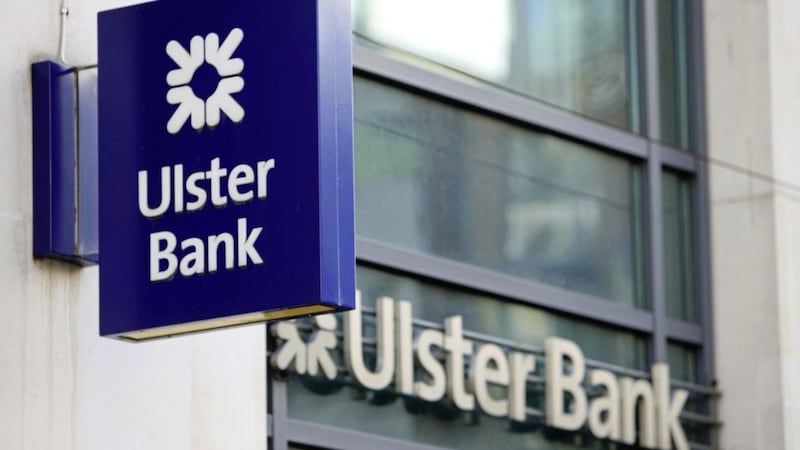WE’RE nearly two weeks in - are your New Year’s resolutions still intact? Thought not. Never mind. That new tracksuit you bought will do for a bit of lounging in front of the goggle box, or even a spot of energetic gardening.
Besides making and breaking resolutions, New Year is a time for taking a fresh look at what the coming year will bring.
So here are some of the most relevant changes to come in 2016, with regard to how we can handle our money:
SAVINGS:
Lloyds did some research a while back which showed we are saving a lot less than our parents did, when viewed as a proportion of our household income. In fact, we are salting away only half of what they did.
There are a number of good reasons for this, primarily linked to the Bank of England’s ultra-low base rate of interest, which has been flat on its belly at a record low of 0.5 per cent since March 2009.
Low interest rates are good news for mortgage holders, as their interest repayments on a variable rate mortgage go down – but bad news for savers, as interest paid out on your savings hits the deck as well.
This period of very low returns on savings has now stretched to six years when, looking at the returns available, incentives to save were weak.
Lloyds pointed out that back in the 70s and early 80s, interest rates were high – they passed into double digits in 1979 and went on to hit 15 per cent in 1981. These were golden years for savers. The incentive to save was strong, and householders lapped it up, saving nearly a tenth (9.9 per cent) of their income between 1974 and 1984.
Fast forward to the present day. With the Bank of England base rate sitting at this historic low of 0.5 per cent, households are now saving only 4.8 per cent of their incomes. Such times sometimes inspire governments to find additional incentives for savers.
Chancellor George Osborne has not disappointed in this regard, and from April 6 savers will now receive a new ‘personal savings allowance’. This will be set at £1,000 for basic-rate taxpayers, and means they can earn that much in interest, before any tax is due.
It is estimated that the change will lead to 95 per cent of people no longer paying tax on their savings as, assuming interest of 2 per cent, a basic rate taxpayer would need to have savings of over £50,000 to become liable for tax.
ISAs:
New rules for individual savings accounts (Isas) were also relaxed in 2015, making the option of opening or continuing an Isa a better option than ever before.
The Isa is one of the best-understood savings accounts, and so it is with an uncomfortable feeling that I may be ‘teaching my granny to suck eggs’ that I’ll sum up the advantages again now.
An Isa is a special savings account where no tax is due on interest accrued. Currently, if you are saving in an ordinary bank or building society account, your interest is taxed at the same income tax rate you pay on your salary, which for most people is 20 per cent. (Although this tax disadvantage will largely be cancelled out by the new personal tax allowance for savers, mentioned above).
Although you still have a limit to the amount you can save each year - £15,240 this tax year, which will stay the same for the tax year April to April 2016/17 - you now get to choose how you split this between the two types of Isa: the stocks & shares and cash models.
You even get to choose whether you want to split it. For the first time, you can bung the whole lot into a cash Isa (previously you could save only half in cash) or invest it all into the stocks and shares model.
Each year you have until April 5, the end of the tax year, if you want to ‘fill up’ your savings allowance by saving the full £15,240 for that year. Crucially, any unused allowance doesn't roll over - so it’s a case of ‘if you don't use it, you lose it’. You then begin with a new allowance, ie a brand new £15,240, in the next tax year.
PENSIONS:
This is another landmark year for pensions, albeit not as earth-shattering as the introduction of the wide pensions freedoms of 2015.
This time it’s the basic state pension that takes centre stage, as April 6 this year sees the launch of the much-heralded 'single-tier' state pension system. The Chancellor calls this a much easier and fairer system.
However, the problem is one which is sure to cause deep resentment among many of those currently about to retire, for the simple reason that the new system will have its winners and losers, based on your date of birth.
The fact is that the full new single-tier amount, which is being set at £155.65 a week, will only be available to those who retire after this coming April.
This means that if you reached retirement age last year or before April 6 this year, your state pension was set under the old rules, and will be based on a much lesser amount.
It was only in the Chancellor’s Autumn Statement that we found out exactly what the difference will be.
The current ‘pre-flat-rate’ state pension will be £119.30 a week from April, while those retiring after that will get the full new flat rate of £155.65 a week.
So the difference between the amounts paid by the two systems will be £36.35 a week, or just under £1,900 a year. Hence the predictions of ‘resentment’ of older pensioners, who will watch the new kids on the block pocket significantly more, just because they are a few months younger.
:: Michael Kennedy is an independent financial adviser and pensions specialist, and can be contacted on 028 71886005








